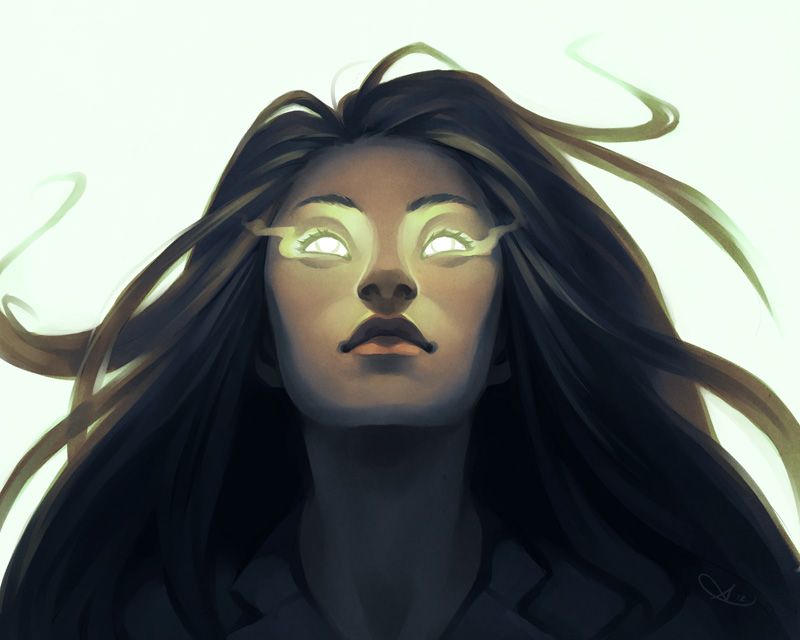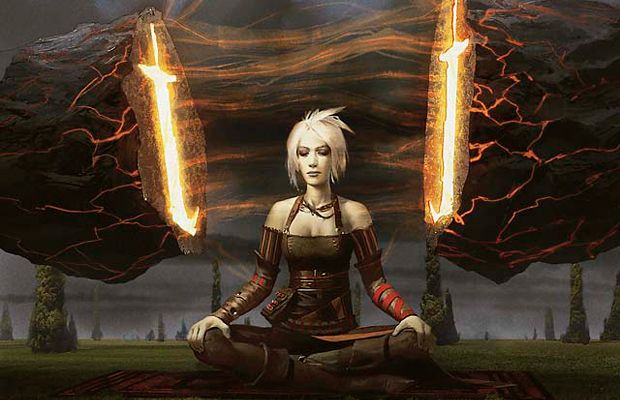
Art by Alexandra Douglass
I find myself wondering: is this going to be a thing? I don’t mean Netrunner, that is most definitely a thing. It’s a thing I’ve fallen in love with all over again. I can’t remember why I stopped playing the new iteration of Richard Garfield’s cyberpunk asymmetrical card game of bluffs and gambles and deception and tactical thinking. I think it was due to a lack of local players. I don’t know.
I’m actually wondering if this 500-words-on-a-Friday thing I’ve done twice in a row now is going to be a thing. “Friday 500”? In lieu of full-length reviews? Time seems to be at a premium these days. I have things I’m planning for, work schedules to plow through, and other projects I’m trying to line up to get knocked down, but time always seems to slip through my fingers. I’m going to try and get back on track in a few ways in the next couple weeks so I’m not completely out of sorts when big changes start happening.
Anyway, back to Netrunner. What’s changed since the last time I rambled about it? Quite a bit. I mean, not mechanically – it’s the same game of one player establishing large monolithic constructs full of juicy information (or deadly traps) while the other player pokes said constructs to extract the information and generally undermine all of those carefully laid plans. And it’s still pretty damn fantastic. But now I’ve started going down the rabbit hole of Data Packs.
Let me explain. Instead of randomized booster packs, Fantasy Flight releases 60-card ‘Data Packs’ on a regular schedule. There are ‘cycles’ of packs, all related thematically, with six packs per cycle that release each month for six months. Between cycles are larger expansions that focus on two identities – one Corp, one Runner. The interesting thing about these expansions is that each of them contains 3 copies of every card. You normally only have to buy one Data Pack to get the card you want, and you’re certain to have enough to put into your next deck. It saves money in the long run and keeps the playing field nice and level. It also appeals to the part of my brain that loves putting decks together. The Core Set does not have the same distribution of cards, which is unfortunate, but I think another $30 for a second Core Set is a better investment than spending that much on a single card in Magic: the Gathering’s somewhat cutthroat second-hand market.
How good is this game? Quinns won’t shut up about it. His friend Leigh loves it. Communities and subreddits remain abuzz about it. The competitive scene is going strong.
This game is so good that my long-suffering wife, with a rather well-documented history of disliking games like Magic, plays it, and doesn’t hate it.
She’s even gone so far as to buy me a copy of Neuromancer to help maintain my dystopian cyberpunk-y mood.
It’s a good game, and you should definitely play it.





